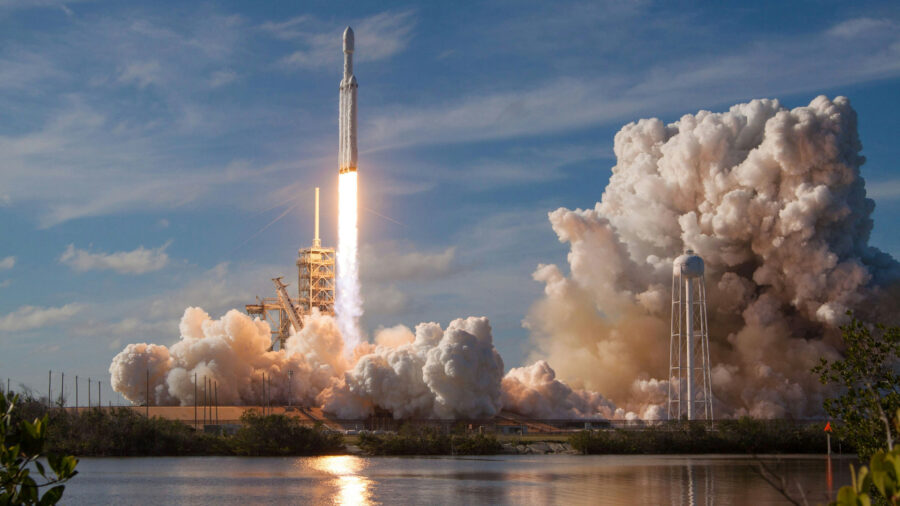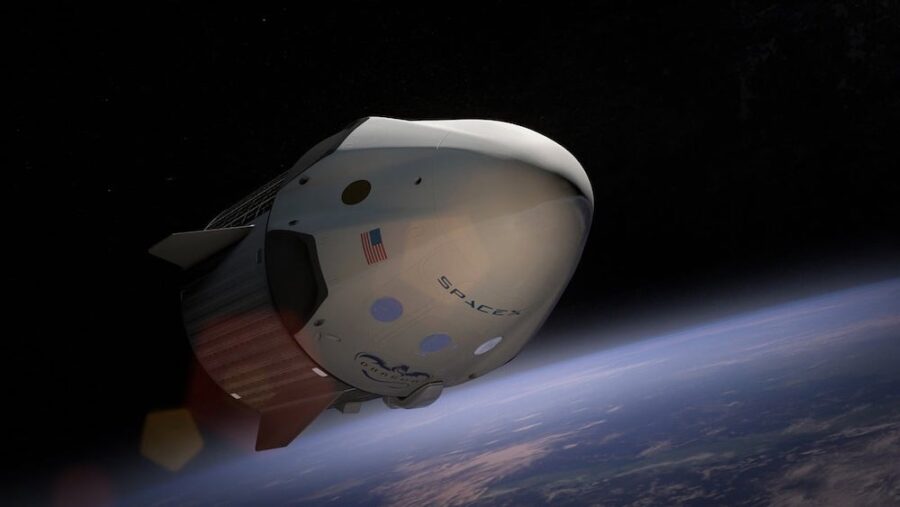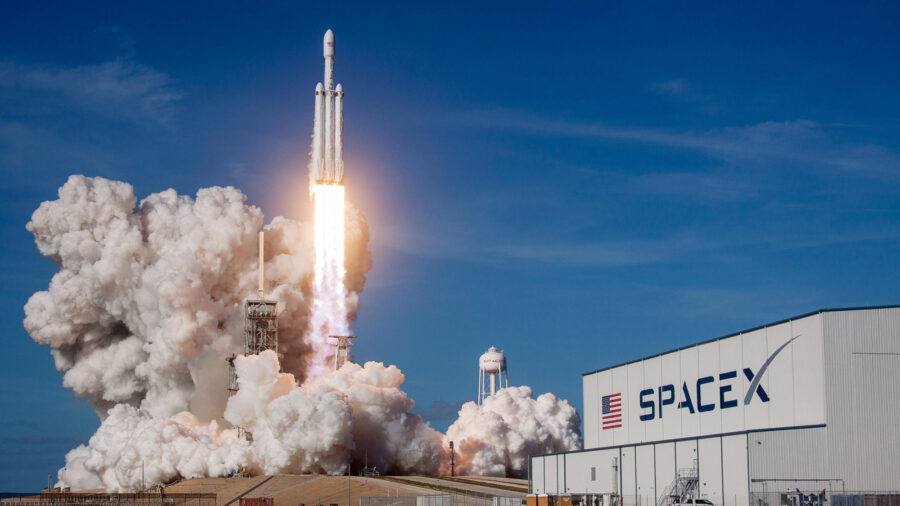SpaceX Mars Mission Sets Uncrewed Starship

Last weekend, Elon Musk took to social media platform X to announce SpaceX’s new Mars launch plans. Musk told his followers that within the next two years the company hopes to send its first unmanned starship to Mars.
“These will be unmanned to test the reliability of landing intact on Mars,” Musk wrote. “If those landings go well, then the first crewed flights to Mars will be in 4 years.”
The Proposed Window Of Opportunity
The time projection is based on the occurrence of Earth-Mars transfer windows. Occurring approximately every two years and two months, these openings use the lowest amount of impulse to complete the trip, allowing maximum energy efficiency to be reached. Once launched, it would take the starship approximately 9 months to reach the red planet.
SpaceX is not the only one with its sights set on Mars. According NASA’s website, they also hope to send astronauts to the red planet sometime in the 2030s, and are keeping busy with developing the technologies needed to do so. Just last summer, NASA began its Crew Health and Performance Exploration Analog (CHAPEA) mission, in which a four-person volunteer team is set to complete a 378-day-long Mars surface simulation.
SpaceX Vs NASA

To many, it seems that SpaceX and NASA are engaged in a domestic space race to be the first to successfully send a crew to Mars. However, Elon Musk’s plans for the future include much more than just visiting the red planet. In the announcement of the launch of the unmanned starship, Musk also included that he hopes to build a self-sustaining city on the planet within 20 years.
“Being multiplanetary will vastly increase the probable lifespan of consciousness,” Musk began. “We will no longer have all our eggs, literally and metabolically, on one planet.”
The Purpose Of The Mission

Much of the motivation for SpaceX to make it to Mars is founded on the long-term survival of the human species. Hoping to avoid global human extinction events such as all-out nuclear war, advanced global warming, or large-scale volcanism, colonizing Mars could potentially provide us sanctuary. In about 5 billion years, when our Sun becomes a red giant, the next goal will be to look outside our Solar System for a new home.
The Mars Society’s Ambitious Goal

The goal to colonize Mars is not a new one, or exclusive to SpaceX. The Mars Society, a nonprofit organization, has been pushing for further exploration since 1998. The organization was founded by aerospace engineer Robert Zubrin, whose book The Case for Mars: The Plan to Settle the Red Planet and Why We Must significantly contributed to the desire for terraforming Mars.
Former first man on the moon, Buzz Aldrin, and, unsurprisingly, Elon Musk are just two of many scientists and entrepreneurs who are members of his society.
Constant Phases Of Development

SpaceX’s Starship, which Musk’s plan for colonization depends on, is being developed at Starbase, located near Brownsville, Texas. The private launch site, specifically designed for SpaceX’s development, is one of the world’s first commercial spaceports designed for orbital missions. In March of this year, they completed their third integrated flight test; although it was unsuccessful, they have assured that swift developments are continuously being made.
As for the future of Mars, it remains unclear how long it will be until we have boot prints in the sand. For now, we sit back and watch the long-running race continue to unfold.













